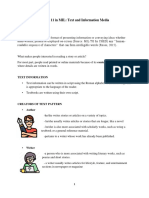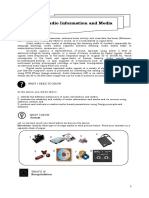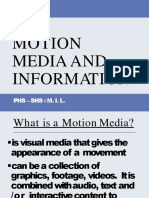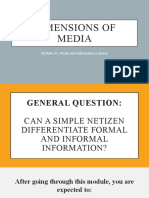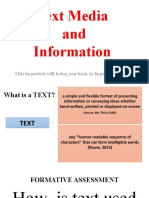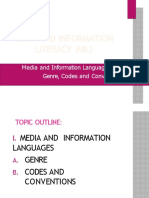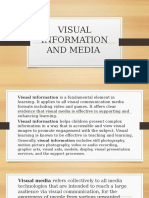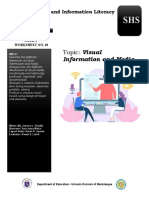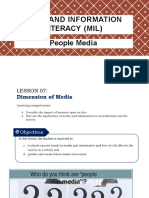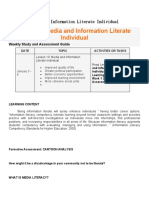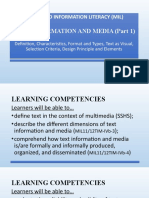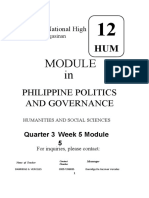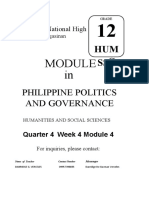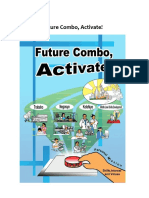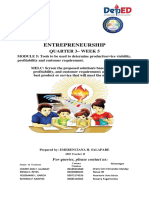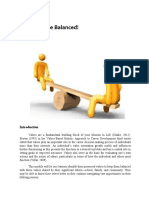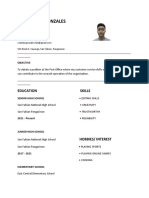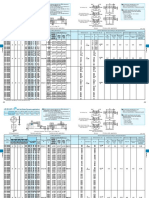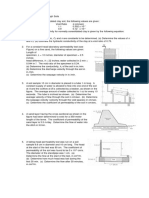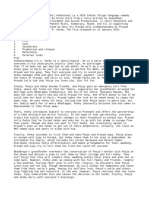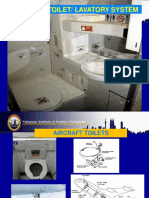100% found this document useful (1 vote)
4K views66 pagesMIL 12 Text Information and Media
This document provides an outline for a lesson on text information and media literacy. It begins with learning competencies, including defining text in multimedia contexts and evaluating the reliability of information sources. The document then covers topics like the definition and types of text, formats, selection criteria, and design principles. Key points include that text can be presented in various formats, from handwritten to digital, and design principles like emphasis, appropriateness, proximity, alignment, and organization are important for effective text-based communication.
Uploaded by
Gilbert JohnCopyright
© © All Rights Reserved
We take content rights seriously. If you suspect this is your content, claim it here.
Available Formats
Download as PPTX, PDF, TXT or read online on Scribd
100% found this document useful (1 vote)
4K views66 pagesMIL 12 Text Information and Media
This document provides an outline for a lesson on text information and media literacy. It begins with learning competencies, including defining text in multimedia contexts and evaluating the reliability of information sources. The document then covers topics like the definition and types of text, formats, selection criteria, and design principles. Key points include that text can be presented in various formats, from handwritten to digital, and design principles like emphasis, appropriateness, proximity, alignment, and organization are important for effective text-based communication.
Uploaded by
Gilbert JohnCopyright
© © All Rights Reserved
We take content rights seriously. If you suspect this is your content, claim it here.
Available Formats
Download as PPTX, PDF, TXT or read online on Scribd
/ 66




